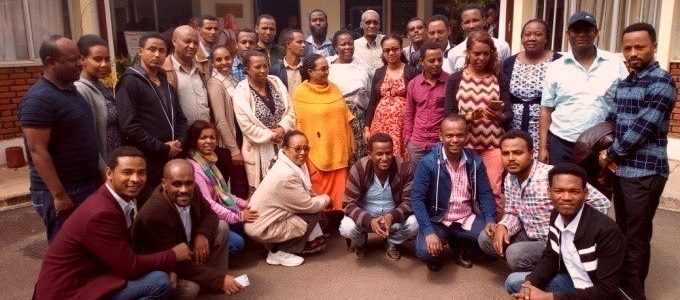With a total area of 27,830 km2, Burundi is one of the smallest but most densely populated countries in East and Central Africa. The HIV national prevalence is estimated at 1.4% (17). A disproportionately higher HIV prevalence is seen in the urban than in the rural population (4:1): the capital city, Bujumbura, is estimated to have a HIV prevalence of 4.3% (18).
The last decade has seen progress in the fight against HIV. In 2015, fewer than 300 new HIV infections were reported among children compared with more than 1,600 new infections in 2009 (19). In 2015, 89% of pregnant women living with HIV accessed antiretroviral medicines to prevent mother-to-child transmission (PMTCT). ART coverage for children (0–14 years) increased from 12% in 2009 to 30% in 2015 (19).
However, challenges still remain in increasing coverage of paediatric HIV services—only 2% of infants exposed to HIV received early infant diagnosis and 29% of children living with HIV accessed ART (19). Data is limited for adolescents living with HIV although national programmatic assessments show that about 50% of all new infections occur in persons aged <25 years, with 25% of these related to the transmission of HIV from mother to child (20, 21).
ART coverage for children and adolescents living with HIV is low compared with adults, where ANECCA implemented a regional project to improve coverage and quality of care.


